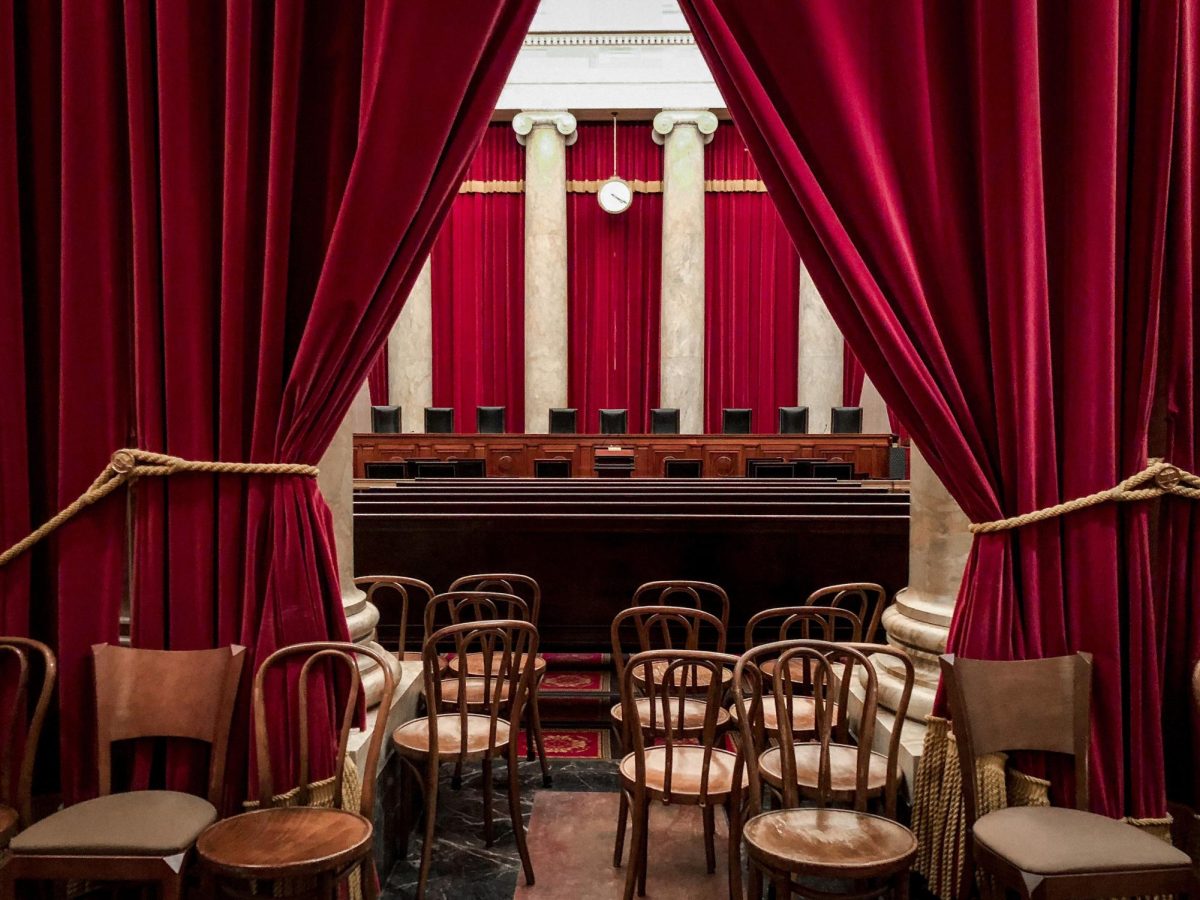The Supreme Court has a long and proud tradition of justices who have profoundly shaped the legal and moral debates surrounding a wide range of issues in American life. Now, however, whenever the time comes to swear in a new justice, moderate and charged nominees alike are subject to a grueling and partisan process in which senators from the opposition party make bad-faith objections to nominees. This toxic atmosphere has eroded public trust in the Court, but implementing safeguards such as term limits, expansion of the number of seats, and new methods of confirmation may be a step toward positive change. Unfortunately, the only recent attempt at serious structural reform we have seen from Congress was still more partisan hackery, with Democrats attempting to stuff the Court full of liberal justices in the name of balance.
Historically, nominees for the Supreme Court, even those with strong ideological leanings in their judicial philosophy, have been confirmed as a matter of routine. Harry Blackmun was confirmed 94–0 and went on to head the famed 1973 case Roe v. Wade, which guaranteed women’s rights to abortion nationwide. Antonin Scalia, who galvanized the conservative judicial movement, was confirmed 98–0, and among the senators voting “yea” was future president Joe Biden. Earl Warren was responsible for a slew of civil rights cases before the Supreme Court in the ’50s and ’60s — cases that ended segregation, strengthened the rights of the accused, allowed interracial couples to marry, laid the groundwork for a right to privacy, and forced equity in legislative districts. In his case, however, the Senate did not even bother with a formal vote; they just confirmed him by voice vote in the absence of any objection.
But those days are behind us. The last justice to be confirmed unanimously was Anthony Kennedy in 1987, and, since the confirmation of Stephen Breyer in 1994, 87–9, no nominee has received a higher share of the vote. To be sure, there have always been controversial nominees, but now it seems to be every nominee. Take the most recent nomination, for example, of Ketanji Brown Jackson. She was unanimously rated “Well Qualified” by the American Bar Association, the highest rating given by their standing committee. Jackson received her Juris Doctor from Harvard Law School and then clerked for Justice Stephen Breyer before becoming a federal judge in 2013. Jackson’s impressive resume did not prevent Republican senators from dragging her name through the mud by bizarrely accusing her of being “soft” on child pornography. She was confirmed 53–47, with only three Republicans defecting to vote “yea.”
Another example is Amy Coney Barrett, who was similarly credentialed and nominated by former President Donald Trump to the bench in 2020. Democrats had been pressuring her predecessor, Ruth Bader Ginsburg, to resign throughout the 2010s so that President Barack Obama could appoint a replacement. Barrett became the target of Democratic senators’ ire as they criticized her membership in a small Catholic organization and her use of that as a proxy for her jurisprudence. She was confirmed without a single Democratic vote. These might even be considered the luckier cases. When Obama nominated Merrick Garland in 2016, Republicans freely admitted that he was a qualified, clean jurist and a good candidate but opposed him simply because of ulterior motives: they wanted to wait for the next presidential election so they could appoint their own justice. And, with the election of Trump later that year and his appointment of Neil Gorsuch, that is exactly what happened.
While it may feel like there is nothing we can do about the hyperpartisan culture of the Court, it is important to take note of it so we can begin to implement safeguards and eventually decrease the tensions that surround Supreme Court nominations. The best course of action is to make the Court less partisan by expanding its size. The political firestorm that followed liberal icon Ginsburg’s death in 2020, during a Republican presidency and Senate majority, could have been easily avoided if it had not translated to the equivalent of a 20-point swing in the Court’s balance of power.
With only nine justices, whenever one dies, the fact that their successor will be a full 11% of the Court’s makeup makes each appointment vital and results in both sides resorting to bare-knuckled partisan tactics to block or pass a nomination. It’s akin to having 48 House members or 11 Senators dropping dead at the same time and then letting the president handpick their replacements. Increasing the size of the Court decreases the amount of power any one justice can wield, making individual appointments to the Court less critical. Unfortunately, support for expanding the Court is weak, largely thanks to Democrats. Congressional Democrats have proposed increasing the size of the Court from nine justices to 13, which would allow President Biden to fill all four of those seats during his presidency, effectively turning the 6–3 conservative majority into a 7–6 liberal majority. Instead of trying to restore the Court’s independence from partisanship and the other branches of government, partisan hacks in Congress have tried to take the easy way out of a painful term in which a Republican president flipped two liberal seats and shored up a conservative one.
Another avenue for decreasing the stakes around individual appointments is the implementation of term limits as a perennial proposal for balancing the Court. While the proposal of term limits tends to be brought forth by the party whose justices are not currently in the majority, that does not make it any less of a good idea. Predictable term lengths make these kinds of upsets foreseeable, making the stakes of any one presidential election clear before ballots are cast. Situations like the firestorm around Ginsburg’s death and the appointment of Barrett are avoidable if seats are not filled until their respective justices’ terms expire, even if this means a seat has to be vacant. These terms should also be of different lengths to avoid having one president replace all four justices appointed by their predecessor.
Finally, the Senate should not be the only path to confirming a new justice. A better-designed system would provide multiple tracks to a successful nomination: confirmation through a supermajority vote in either the House or the Senate, a majority vote in both houses or a referendum in the next general election. This would ensure that any confirmed justice has a strong mandate. If the Senate, for example, tries to hold up a nomination on bad-faith objections, the president has leverage; they can threaten to simply get the justice confirmed by the House or by the public.
Implementing these measures would require a strong bipartisan force — many would likely need to be packaged into a Constitutional amendment. But overall, a reformed Court would be one that is better guarded against the corrosive effects of partisanship in the judiciary branch. It is a shame, then, that the partisanship that currently infects the Court is also what is preventing us from reforming it for the better.








